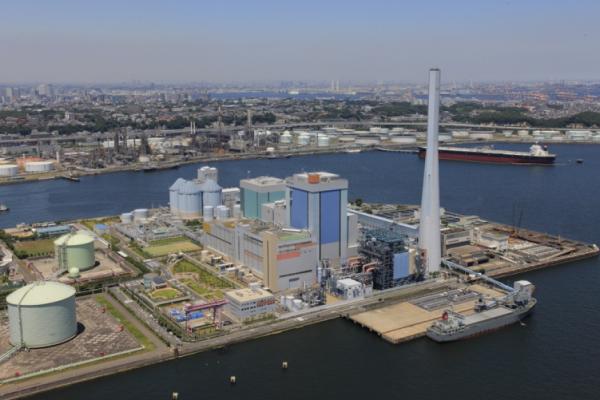Published on the 21/11/2017 | Written by Ana Isabel Galvez Perez, Giovanni Polizzi

Perennial energy industry challenges are being addressed by the Industrial Internet of Things, contend Indra’s Giovanni Polizzi and Ana Isabel Galvez Perez…
The challenges of power providers include maintaining a reliable supply while sourcing more power from renewable sources. They’re also keen on finding ways to become more efficient and protect profits. For many, an effective asset management strategy is helping. This is a powerful tool for attaining cost optimisation, reducing risks and rendering operations more flexible. The 2014 release of a series of standards called ISO 55000 (closely related to PAS 55000), was proof of the growing interest in the systemic approach to asset management. Since then, the industry’s massive incorporation of digital technologies has enabled and accelerated comprehensive asset management which, in turn, affords further capabilities. A shift for asset management The most traditional concept of asset management was a response to the need to answer some simple yet key questions: An APM strategy takes things a step further by addressing the questions such as: This approach is aligned with the operation and maintenance decisions concerning assets based on the real condition of the machines and associated business objectives. New capabilities required When talking in terms of utilities, asset management is applicable to virtually the entire value chain. It ranges across oil and gas extraction platforms and pipelines, storage facilities or refineries and processing plants. In the electricity sector, Asset Management broadly encompasses all sorts of generation plants, electricity transmission systems and distribution grids. The rise of IIoT While the energy sector has long incorporated digital technologies such as Distributed Control Systems (DCS) and vibration monitoring systems, IIoT is transforming the approach to processes related to asset management. One of the keys to the change is the converging worlds of OT (Operation Technology) and IT (Information Technology). These two worlds, which had been virtually isolated until recently, are integrated thanks to the incorporation of IIoT platforms. This is happening through the integration of all sorts of information from different sensors, control systems and information systems. Once data is obtained, algorithms are applied to process it on site, particularly where real-time response is desirable, and/or the data is uploaded to cloud IIoT platforms. The cloud platforms provide numerous tools for analysing and building functional features in an agile and secure manner and the number of companies developing specific applications for different businesses and making them available to users continues to grow. The door is opened for the entry of a wide range of technologies and functionalities and companies should investigate how this could help improve their efficiency, resolve existing problems or open new business lines. While there is no single way to harness the advantages that digital technologies bring to the Asset Management process at energy facilities, it’s clear they offer an opportunity to improve business for entities operating in the sector by reducing operating costs. They also simplify adaptation to new requirements, enhance flexibility and allow new business models. The future of asset management has already begun. Where can it take your organisation? Giovanni Polizzi is the energy solutions manager and Ana Isabel Galvez Perez is the senior manager in the energy market at Indra.
Thanks to these factors, asset management is transitioning from EAM (Enterprise Asset Management) to APM (Asset Performance Management).
While the EAM approach was supported by ERP computerised maintenance management systems, the APM approach requires new capabilities, supported by digital technologies.
The Industrial Internet of Things (IIoT) is emerging as a key technology for supporting functions linked to asset management. IIoT differs in the way it is adapted to the specific needs of large industries, such as shipping, utilities and manufacturing. The networks can comprise everything from field sensors to security devices and vertical applications.
ABOUT GIOVANNI POLIZZI AND ANA ISABEL GALVEZ PEREZ//



























